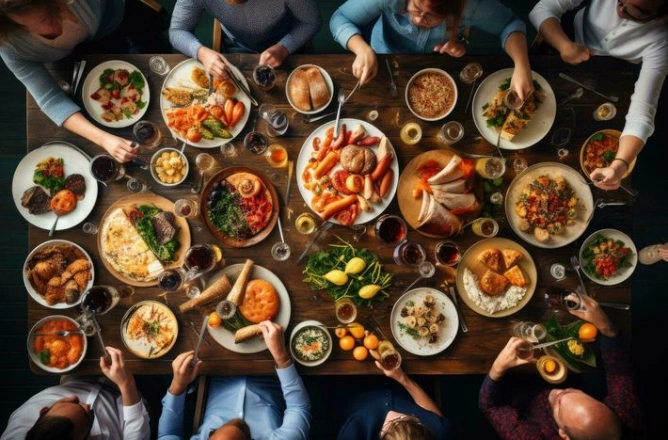Food Trends Posts on Crowch
Few foods capture the spirit of Georgia quite like khinkali, the juicy dumpling beloved by locals and visitors alike. With its twisted dough top, steaming broth inside, and rich fillings, khinkali is more than just food — it is history, tradition, and hospitality wrapped in one perfect bite.
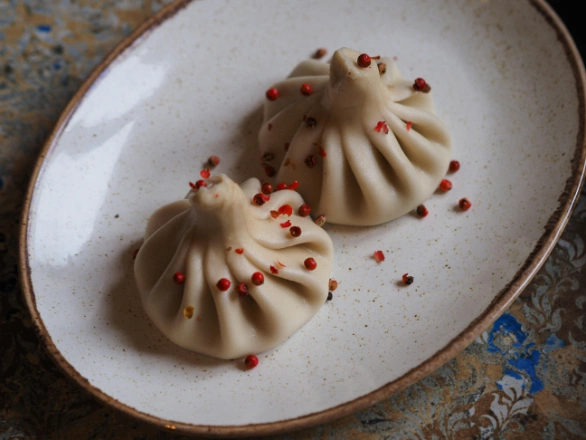
From Highlands to Heart of Georgia
Khinkali is believed to have originated in the mountainous regions of Pshavi, Khevsureti, and Mtiuleti, where shepherds and warriors needed hearty, portable meals. Stuffed with spiced meat, herbs, and broth, these dumplings provided warmth and strength against the harsh mountain winters. Over time, the recipe spread across Georgia, with every region adding its own twist.
The Art of Eating Khinkali
Tradition says khinkali must be eaten with your hands — never with a fork! You hold the dumpling by its top knot, take a small bite, and sip the hot broth inside before finishing the rest. The doughy stem is usually left on the plate, a playful reminder of how many dumplings one has eaten.
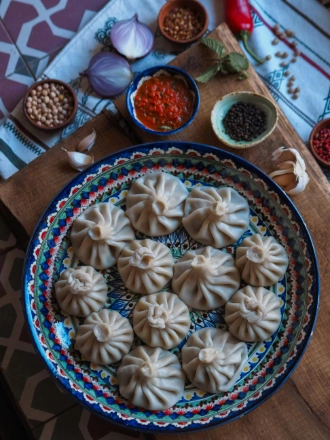
Khinkali Today
From Tbilisi’s busy taverns to family kitchens and fine restaurants, khinkali remains a star of Georgian cuisine. Modern variations include fillings with mushrooms, cheese, or potatoes, making them just as popular with vegetarians. Khinkali is also gaining global recognition, popping up on menus far beyond Georgia, where food lovers are discovering its unique charm.
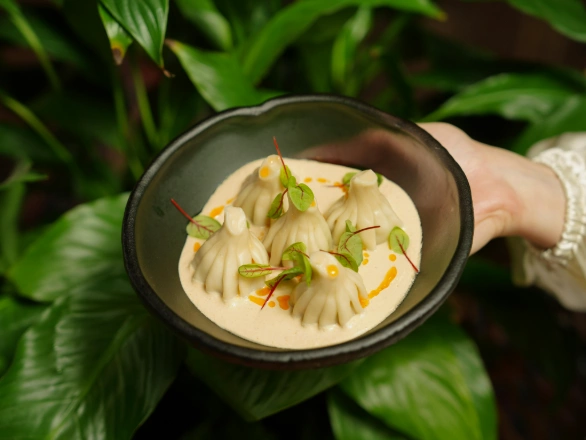
Tradition Meets Celebration
Khinkali is more than a dish — it’s a social experience. Gathered around tables, friends and families laugh, toast with wine, and count dumpling stems. It reflects Georgia’s larger tradition of supra, the feast, where food, song, and togetherness create unforgettable moments.
And in 2025, Georgia will once again share its culture with the world as Tbilisi hosts the Junior Eurovision Song Contest. Just like khinkali — humble, warm, and universally loved — the contest will bring people together, blending voices, stories, and traditions in one joyful celebration.
Votes: https://crowch.com/vote/2918/statistic/ https://crowch.com/vote/2919/statistic/
When you think of Georgia,
wine may first come to mind—but for over a century, another drink has defined
daily life and warm memories: Georgian lemonade.
Its story begins in 1887,
when the pharmacist Mitrofan Lagidze in Kutaisi created fruit
syrups blended with sparkling mineral water. Known as Lagidze Waters,
these unique combinations of flavors—pear, tarragon, cream soda, and
more—quickly became beloved across the country. Unlike mass-produced sodas
elsewhere, Georgian lemonade was artisanal, rooted in natural ingredients, and
tied deeply to local culture.
A Cultural Icon Beyond
Wine
Georgian lemonade became a
symbol of hospitality, always present at family gatherings, feasts, and
childhood outings. Its unusual flavors—like the emerald-green tarragon or
golden pear—offered something distinct, making it both a nostalgic memory and a
proudly Georgian creation. For many, a chilled glass of lemonade is inseparable
from summers in Tbilisi, long countryside journeys, or bustling city cafés.

From Tradition to Today
Though wine remains
Georgia’s “liquid history,” lemonade has carved its own enduring legacy. Even
today, kiosks and shops across Tbilisi proudly sell bottles of the iconic
drink, reminding locals and visitors alike of the balance between tradition and
modern taste.
And just as lemonade unites
generations through a shared experience, so too will music connect people at
the Junior Eurovision 2025 in Tbilisi. With young voices from
across Europe gathering in the Georgian capital, the spirit of creativity,
tradition, and joy—much like in every glass of Georgian lemonade—will once
again be shared with the world.
Sources: https://www.instagram.com/natakhtari.uae/?utm_source=ig_embed&ig_rid=42a05853-f0c6-4411-a062-97a0d0f54755 https://sakartvelo.pro/en/georgian-lemonades/
votes: https://crowch.com/vote/2918/statistic/ https://crowch.com/vote/2919/statistic/
Few dishes capture the spirit of Georgia like khachapuri, the iconic cheese-filled bread beloved across every region. More than just food, it is a national symbol of hospitality and joy, passed down through generations. Its history stretches back centuries, when villagers baked bread with local cheese to sustain themselves during long winters and celebrations. Over time, each region of Georgia gave khachapuri its own unique twist, creating a mouthwatering variety of styles.
The Many Faces of Khachapuri
- Imeretian Khachapuri (Imeruli): The most classic version, round and stuffed generously with local Imeretian cheese. Simple, comforting, and widely eaten across the country.
- Adjarian Khachapuri (Acharuli): Shaped like a boat, filled with molten cheese, butter, and topped with a golden egg yolk. It is often described as the most theatrical version of khachapuri—both delicious and visually striking.
- Mingrelian Khachapuri (Megruli): Similar to Imeruli, but with an indulgent layer of extra cheese melted on top, making it especially rich and hearty.
- Ossetian Khachapuri (Osuri): A thinner, stuffed bread that sometimes includes potato or beet leaves alongside cheese, showing the creativity of highland Ossetian cuisine.
- Penovani Khachapuri: A modern twist using puff pastry, crispy and flaky, often enjoyed as a street snack in Tbilisi’s bakeries.
- Gurian Khachapuri (Guruli): Traditionally baked at Christmas, this crescent-shaped version is filled with cheese and boiled eggs, symbolizing festivity.
Each variety tells the story of its region—mountainous, coastal, or valley life—and shows how deeply rooted food is in Georgian identity.
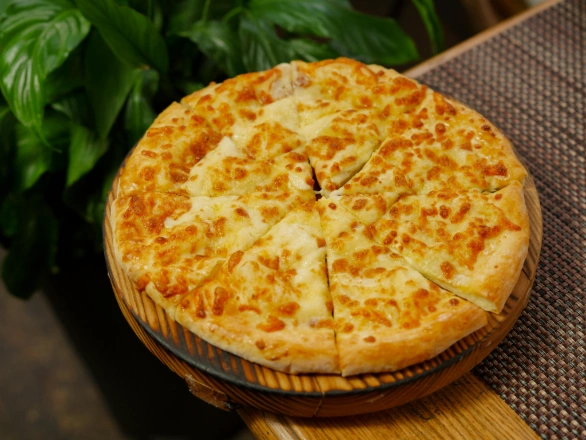


Khachapuri Today
Khachapuri is so central to Georgia’s culture that it even inspired the Khachapuri Index, an economic indicator measuring inflation through the price of ingredients needed to make it. Tourists and locals alike consider it the ultimate Georgian comfort food—served at family tables, roadside bakeries, and high-end restaurants.
And just as khachapuri unites Georgia’s diverse regions in one delicious dish, the country is preparing to unite cultures through music. In 2025, Tbilisi will host the Junior Eurovision Song Contest, welcoming young artists from across Europe. While the stage will shine with music, visitors will also discover the flavors of khachapuri, making Georgia’s cultural identity known to the world through both song and taste.
Votes: https://crowch.com/vote/2918/statistic/ , https://crowch.com/vote/2919/statistic/
Every year on October 16, the world observes World Food Day, an initiative launched by the UN’s Food and Agriculture Organization (FAO) to remind us that ending hunger and improving nutrition requires the participation of everyone — from global leaders to everyday individuals.
A Global Challenge
Over 800 million people worldwide go to bed hungry every night. Meanwhile, millions of tons of food are discarded annually in developed nations. This stark contrast shows that hunger is not just about scarcity — it’s also about inequality and waste in our food systems.
Annual Themes and Their Impact
Each year, World Food Day focuses on a new theme, from addressing climate change to reducing food loss and waste. These themes highlight the interconnected nature of our challenges and the need for sustainable, equitable food systems that serve all people.
What You Can Do

- Support local farmers and sustainable agriculture by choosing their products.
- Reduce personal food waste by planning meals and storing food properly.
- Participate in food drives and charitable programs to help those in need.
- Raise awareness by sharing information about hunger and food insecurity.
The Power of Collective Action
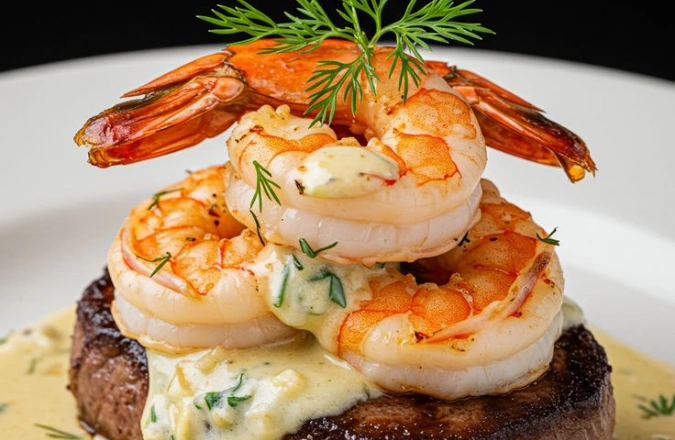
World Food Day reminds us that every food choice we make affects the planet and people’s lives. By working together — as individuals, communities, and nations — we can move toward a future where hunger exists only in history books, not in reality.
Georgian cuisine is much more than a collection of recipes — it is a reflection of the country's history, culture, and deep-rooted traditions of hospitality. With its bold flavors, rich textures, and warm communal spirit, Georgian food has captivated people around the world. From juicy khinkali dumplings to the cheesy perfection of khachapuri, every dish tells a story shaped by centuries of influence and innovation.
The origins of Georgian cuisine stretch back thousands of years. Archaeological evidence shows that as early as the 4th millennium BCE, the people of what is now Georgia were cultivating grapes, grains, and raising livestock. Nestled at the crossroads of Europe and Asia, Georgia became a hub of trade and cultural exchange. As a result, its culinary traditions were enriched by Persian, Turkish, Arabic, Byzantine, and later Russian influences — yet they always retained a uniquely Georgian identity.
Georgian food is deeply regional, shaped by the diverse geography of the country — from high mountain villages to subtropical coasts. Each region developed its own specialties and flavor profiles. Dishes like khinkali, once a hearty mountain meal for shepherds, became national staples. Satsivi, a rich walnut-based sauce often served with poultry, reflects the importance of nuts in Georgian cooking, while dishes like lobio (spiced bean stew) and pkhali (vegetable and walnut spreads) showcase the creativity born from periods of religious fasting.
Religion played a key role in shaping the cuisine. As one of the world’s oldest Christian nations, Georgia developed many vegetarian and fasting dishes to observe Orthodox Christian traditions. These dishes, often based on beans, eggplant, and nuts, are now considered some of the culinary highlights of the country.
One of the most iconic elements of Georgian culture is wine. Georgia is widely recognized as one of the world’s oldest wine-producing regions, with a tradition dating back over 8,000 years. The method of fermenting wine in large clay vessels called qvevri is unique to Georgia and has been recognized by UNESCO as an Intangible Cultural Heritage. In Georgian culture, wine is inseparable from the dining experience — no supra (feast) is complete without it. Toasts, music, and storytelling transform each meal into a celebration of life, family, and community.
Despite centuries of invasions and foreign rule, Georgian cuisine has remained remarkably authentic. It is a living tradition, passed down through generations, still thriving in village homes, urban restaurants, and festive gatherings. In recent years, the world has begun to discover what Georgians have always known — that their food is a treasure not just of taste, but of heart and heritage.

Ancient Roots and Crossroads of Culture
The origins of Georgian cuisine date back thousands of years. Archaeological discoveries suggest that as early as the 4th millennium BCE, people in the region were cultivating grapes, making wine, baking bread in clay ovens, and developing livestock-based diets. Located at the crossroads of Europe and Asia, Georgia absorbed diverse culinary influences from Persian, Ottoman, Arabic, Byzantine, Central Asian, and later Russian traditions — and yet, it always preserved its unique Georgian identity.
Each invader or trader brought new spices, ingredients, and techniques, which Georgians adopted with creativity and made their own. But unlike in many cultures where influence led to assimilation, Georgia maintained a distinct, proud, and deeply rooted culinary voice.
🏞️ A Cuisine of Regions
Georgia’s diverse geography — from the snow-capped Caucasus Mountains to the Black Sea coast — gave rise to regional specialties with unique flavor profiles. In the highlands of Tusheti and Khevsureti, hearty meat dishes and khinkali sustained shepherds and villagers. In the lush valleys of Imereti and Racha, herbs, walnuts, and cheeses took center stage. Mingrelian cuisine is famous for its spicy flavors and generous use of garlic and ajika (a hot chili paste), while Adjara, near the coast, offers the iconic Adjarian khachapuri — a boat-shaped bread filled with cheese, butter, and egg.
Vegetarian staples like lobio (bean stew), pkhali (minced vegetables with walnuts and garlic), and grilled eggplant with walnut paste reflect the creativity born from centuries of religious fasting and seasonal living. These dishes are now beloved far beyond their original context — simple yet deeply flavorful, rustic yet refined.
✝️ Faith, Food, and Fasting
Georgia’s embrace of Christianity in the 4th century played a major role in shaping its food culture. The Orthodox tradition of regular fasting led to the creation of plant-based dishes that are both satisfying and nutritious. These meals, while born from religious devotion, highlight the Georgian ability to transform humble ingredients — like beans, herbs, and nuts — into something rich and celebratory.
🍷 The Legacy of Wine
No discussion of Georgian cuisine is complete without wine. Considered the cradle of winemaking, Georgia has a viticultural history that spans over 8,000 years. The traditional qvevri method — where wine is fermented and aged in large clay vessels buried underground — is still practiced today and has earned UNESCO recognition.
Wine is integral to Georgian identity. It flows freely at every supra (feast), where meals are elevated into ceremonial gatherings full of heartfelt toasts, traditional polyphonic songs, and storytelling. The tamada (toastmaster) leads the table, guiding both conversation and emotion, making the meal a spiritual and communal experience.
❤️ A Living, Loving Tradition
What sets Georgian cuisine apart is not just its flavor but its spirit. Meals are meant to be shared — with family, friends, neighbors, and even strangers. Every table reflects warmth, generosity, and pride, and every recipe is a chapter in a story passed down through generations.
Even in the face of centuries of foreign rule and modern globalization, Georgian food has remained remarkably authentic. Today, it thrives both in bustling Tbilisi restaurants and in quiet village homes. And now, the world is beginning to discover what Georgians have always known — that this cuisine is a treasure not just of taste, but of history, heart, and heritage.
Georgian cuisine is not just something you eat — it’s something you experience. It is full of warmth, character, and soul, bringing people together and telling the story of a resilient and passionate culture with every bite.
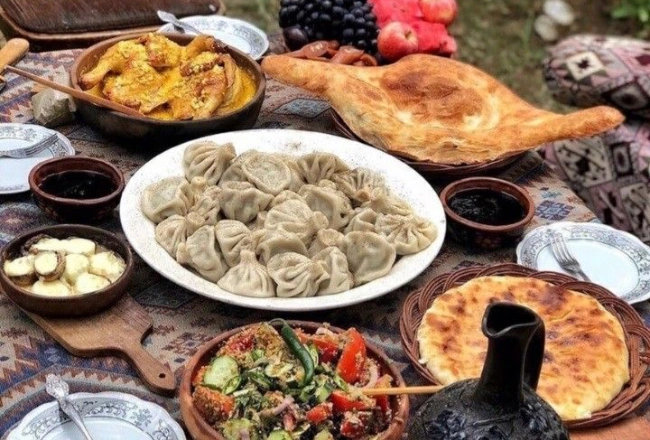
I used to think tasting food was mostly about the tongue — sweet, salty, bitter, sour, umami. But the more I cook and travel, the more I realize that taste is a symphony played by all the senses.
Think of how a crackling crust sounds when you bite into fresh bread. Or the smell of garlic hitting a hot pan — it reaches you before any flavor touches your tongue. Your eyes judge a meal before you taste it. The colors, the shine of the oil, the steam rising like a warm invitation — all of it shapes your first impression. Even touch matters: the resistance of a ripe peach, the texture of homemade pasta on your fingertips.
Scientists call this multisensory integration — the brain blending signals from different senses into one rich experience. It’s why the same coffee tastes different in a paper cup versus a ceramic mug. Or why street food in Bangkok feels more intense than the same dish in a quiet kitchen. Context flavors everything.
Sometimes I close my eyes while chewing — and suddenly I notice the crunch louder, the spices brighter. Other times, I cook while music plays softly, and somehow the rhythm sneaks into my stirring. Eating, I’ve learned, is not just nourishment. It’s a way of being fully present.

Food is memory, emotion, chemistry, art. It’s how the body and the world meet, moment by moment. And once you realize taste goes beyond taste buds, you start listening with your whole body. You stop rushing meals. You honor the moment.
Next time you eat, don’t just taste — observe, listen, feel. There’s a quiet beauty hidden in each bite. And once you learn to hear it, every meal becomes a little miracle.
